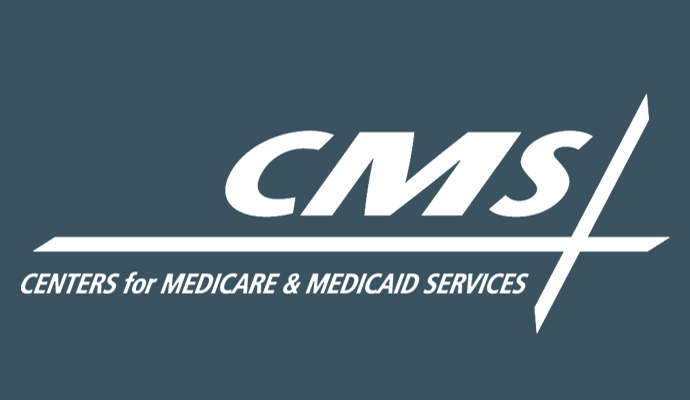CMS Boosts End-Stage Renal Disease Medicare Rates by 2.1%
Facilities under the End-Stage Renal Disease (ESRD) Prospective Payment System (PPS) will also see higher Medicare rates for new drugs, according to a final rule.

Source: Centers for Medicare & Medicaid Services/Xtelligent Healthcare Media
- CMS recently released the End-Stage Renal Disease (ESRD) Prospective Payment System (PPS) final rule for 2024, which includes a 2.1 percent Medicare rate hike for renal dialysis services furnished to Medicare beneficiaries after January 1st.
CMS proposed earlier this year to increase Medicare rates for renal dialysis services by just 1.6 percent for a base rate of $269.99. However, the final rule stated that the ESRD PPS base rate for 2024 will increase to $271.02 from $265.57 in the 2023 ESRD PPS final rule.
The dialysis payment for patients with acute kidney industry (AKI) will be also $271.02 in 2024.
Facilities paid under the ESRD PPS receive a bundled, per-treatment payment for all renal dialysis services furnished for outpatient maintenance dialysis, including nearly all drugs and biological products. Medicare adjusts the payment based on patient characteristics and certain facility-level factors, such low volume, wage index, and rural locality.
CMS expects to pay $6.7 billion to approximately 7,000 ESRD providers treating Medicare beneficiaries next year.
Hospital-based ESRD facilities will see the largest overall payment increase at an estimated 3.1 percent, while freestanding ESRD facilities are slated for a 2.0 percent increase in total payments next year.
The payment increase reflects the application of several wage index budget-neutrality adjustment factors, including one for a transitional pediatric ESRD add-on payment adjustment (TPEAPA). CMS also applied the 2024 productivity-adjusted market basket update factor of 1.021.
Other payment policies impacting ESRD PPS payments in 2024 include changes to the wage index, outlier policy, and the low-volume payment adjustment (LVPA). The latter will include an exception to the current LVPA attestation process for ESRD facilities impacted by disasters and other emergencies.
The final rule also includes a payment adjustment that will increase rates for certain new renal dialysis drugs and biological products after the expiration of the Transitional Drug Add-on Payment Adjustment (TDAPA) period.
During the TDAPA period, Medicare adjusts payments under the ESRD PPS for certain new drugs and biologicals to offset the costs of using these new products and to promote competition among products within the ESRD PPS. The payment adjustment applies for two years for drugs and biologicals in existing ESRD PPS functional categories.
Starting next year, Medicare will use a new add-on payment adjustment for qualifying products after the TDAPA period ends to support continued access to the new renal dialysis treatments. The payment adjustment will be set at 65 percent of estimated expenditure levels for the product in the prior year and will be adjusted based on case mix. The new add-on payment adjustment will last for three years after the TDAPA period ends.
The final rule also includes a new transitional add-on pediatric ESRD dialysis payment adjustment starting in 2024 and going through 2026. The payment adjustment will be 30 percent of the per-treatment payment amount.
CMS says the new pediatric payment adjustment will support more equitable and accurate payments since treatment of pediatric ESRD patients tends to be more complex and expensive compared to adult populations.
The federal agency intends to collect more information from cost reports during the three-year period to assess the alignment of resource use by pediatric ESRD patients.
Additionally, the final rule will require ESRD facilities to report “time on machine” data on ESRD PPS claims starting in 2025. The rule states that facilities will need to document the amount of time a beneficiary spends receiving in-center hemodialysis treatment and the discarded amounts of renal dialysis drugs and biologicals from single-dose containers and single-use packages.
CMS also finalized several policies for the ESRD Quality Incentive Program (QIP) for the 2026 payment year. Those include the addition of the Facility Commitment to Health Equity reporting measure, an updated COVID-19 Vaccination Coverage Rate Among Healthcare Personnel (HCP) reporting measure, conversion of the Clinical Depression Screening and Follow-Up reporting measure to a clinical measure, and removal of the Ultrafiltration Rate reporting measure and the Standardized Fistula Rate clinical measure.
All finalized policies for the 2027 payment year can be found in the full text of the final rule.
